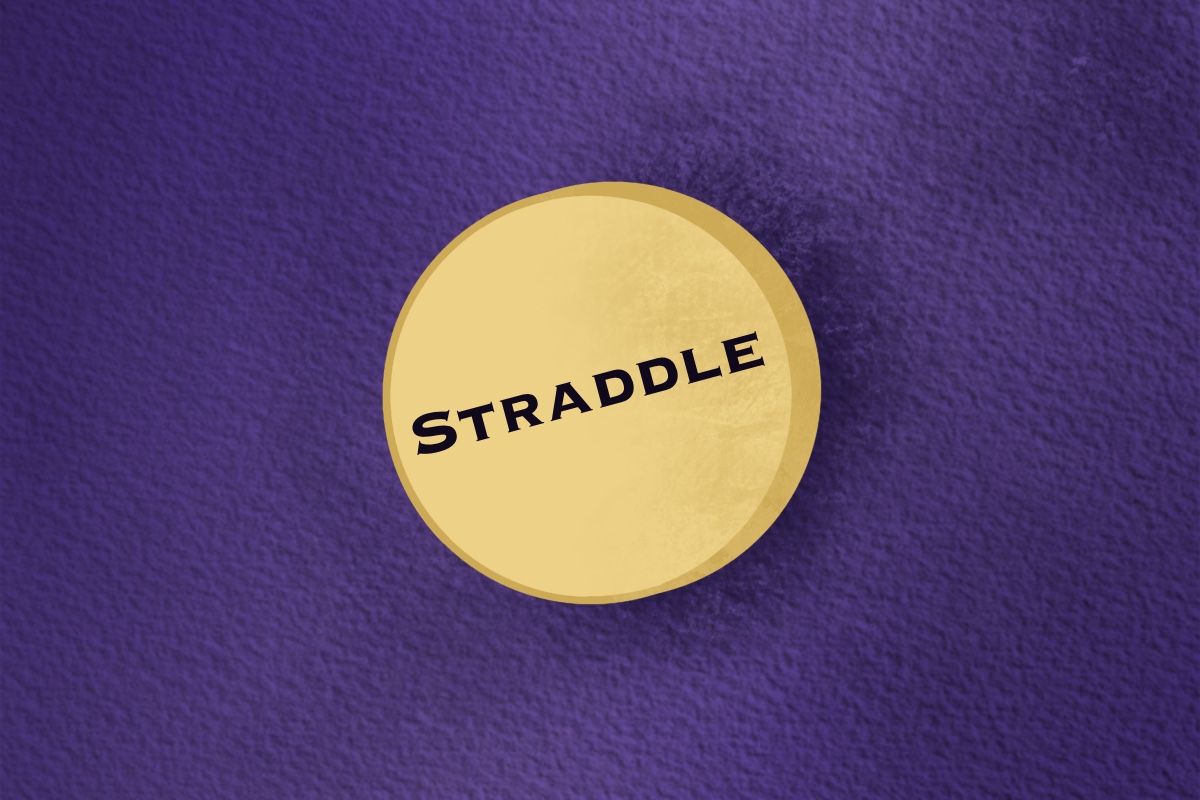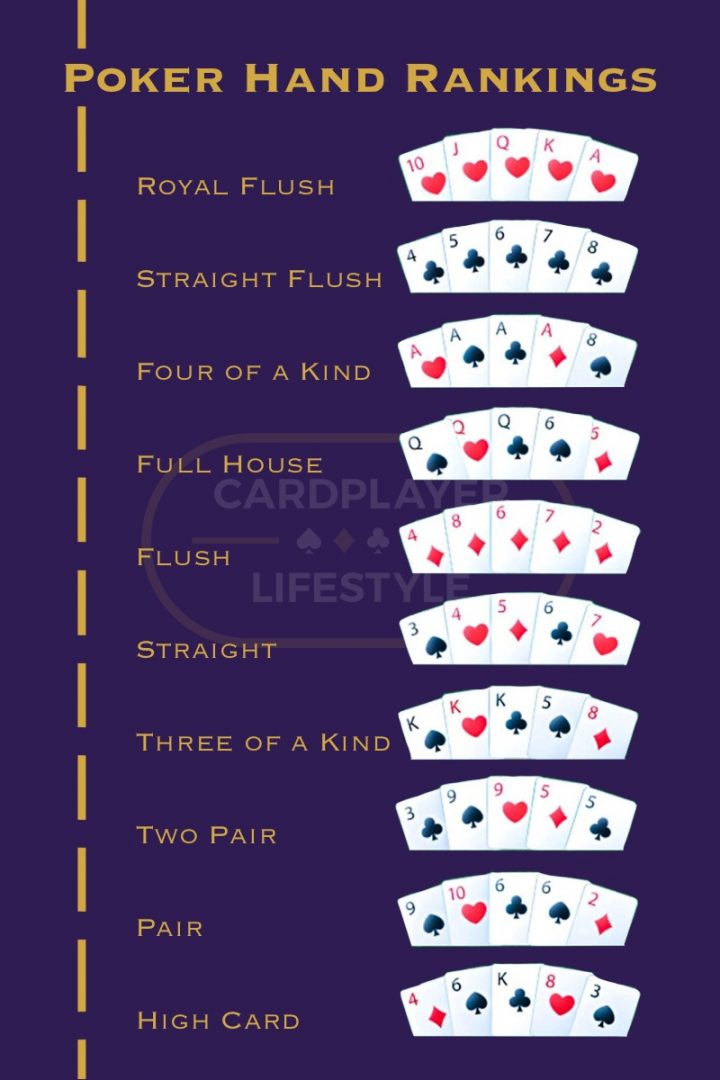Money changes hands over and over in the poker community. Even those of us who sit on a table with our best friends are trying to take all their chips. Poker is a cash business, and the poker community is small. As a result, there are plenty of ways to make deals with other players, and it is important to understand the differences between them. In this article, I’m going to break down what it means to buy / sell action, swap action, stake another player, and back another player long-term.

Buying & Selling Action
This is the most common arrangement in the poker world. It is especially common among tournament players. Players sell part of their action as a way to mitigate their risk, or as a way to have their friends get in on the action of a big game. Selling action can be done at face value or at a markup. Winning players and well-known players tend to sell action at a markup, since they have a better chance at having a positive return on investment (or ROI). Let’s say Phil Hellmuth is playing the WSOP Main Event for $10,000 and he decides to sell some action. As a 15-time bracelet winner with just shy of $25 million in earnings, $1,000 is not getting you 10% of his action. Hellmuth has a proven track record of winning, so if you want 10% of his action, you’re paying at least $1,100, probably more. That extra $100 is his markup, since he has a good shot at getting you a positive ROI.
READ MORE: Interview with Phil Hellmuth
Now, if I wanted to sell action for the World Series of Poker Main Event, given that I don’t even show up on the Hendon Mob Database, your $1,000 will more likely get you 10%. Let’s say you buy 10% of me. You will get 10% of however much I win. If I lose, you don’t get anything. That is the nature of buying action. You are gambling along with the player.
You can find plenty of websites where you will see well-known players selling part of their action in a tournament or a series of tournaments. This crowd-funding method of selling action is a nice way to reduce risk for the player, and a fun way for fans to have a dog in the fight. Most of us aren’t selling a massive WSOP package to our thousands of fans, so what does selling action look like to us? Well, you might be entering a tournament and want to sell a small piece of yourself to some friends. Or maybe you see a juicy $2/$5 game, but you aren’t properly bankrolled for it. These are great spots to sell action. I sell 10-25% of myself in larger tournaments so my friends can have a sweat and I can risk a little less.
Personally, I’m never selling action in a cash game, but often trying to sell some in a tournament. If I take a multi-table Tournament (MTT) down for first place, I’m not going to mind losing 10-25% of the prize. My profit will still be massive compared to my buy-in. However, in a cash game I’d much rather play a lower stake and have 100% of myself. That is a personal preference, and I definitely have friends who would rather play a bigger cash game for 60-75% of themselves. Selling action is a great way to mitigate your risk, and buying action can be a great way to earn extra cash. I usually buy action from my study partners because they buy from me. It gives us a reason to really have a stake in one another’s tournaments. It makes the experience of studying together that much more fun when we can discuss hands that affect both of us.

My one piece of advice about staking is to be careful and know who you’re selling / buying action with. If you’re buying on a large site, then it’s regulated and there is a paper trail. If you are making deals with friends, make sure to put the details in a text message or email so it is in writing and everyone is in agreement concerning the arrangement. My friends and I present an offer in our group text and the lock emoji seals the deal.
Swapping
Much like selling action, swapping occurs when both parties are playing poker and, instead of exchanging money for a percentage, you just swap a percentage. This is much more common in tournaments than cash games, but you can swap action in both. If my friend and I are both playing the same MTT, we may swap 15%. So, if one of us busts and the other cashes, the one who cashed forks over 15%. If we both cash, then the bigger winner sends 15% of the difference to the other. If we both lose, then we… have a silent car ride home.
I would much rather take 15% of someone else’s MTT than have them give me 15% of the buy-in. If I sell 15% of a $100 tournament, I’m always only getting $15 if I bust. I’m just making the buy-in smaller. If I swap for 15% of someone else’s tournament, they might win that event and I am in the black! Swapping is not as effective as selling a piece of myself at mitigating risk, but it’s way more fun.
I have also seen swapping in cash games, but it doesn’t make as much sense to me personally. Yes, there is risk in poker no matter what game you play, but at the end of the day MTTs have more spots where you are forced to gamble. Cash games don’t necessarily support making risky plays, so if you have enough money to buy into the cash game, there is no need to swap a piece for someone else’s game. If you can’t afford the whole buy-in, then I suggest selling some action, not swapping for it. If you have a buddy who wants to swap action when you both go to the casino, suggest instead that the biggest winner pay for dinner.
This goes without saying for all methods discussed here, but BE CAREFUL who you are swapping with. It may feel easy to swap action with someone since no cash is exchanging hands, but that doesn’t mean you always should. I believe it was Barry Greenstein on Joey Ingram’s Poker Life Podcast who told a story about being in the bathroom on break from an MTT in Los Angeles when two regulars walked in. One asked the other if they want to swap 10% and the other agreed. After the deal was done, the man who suggested the swap left and Barry told the other player that his friend had already busted the tournament. To that, the man replied, “that’s fine, I’m not even playing it.”
So maybe only swap with someone you also see outside of the casino. Always remember to protect yourself when making financial transactions with others.
Staking
My first introduction to staking was in Rounders when Knish offers to stake Mike for the “standard deal,” in which the profits are split 50/50 and any losses are on the stake, not the player. If you don’t want to risk any of your own money, then getting staked may be for you. Staking is a straightforward operation. The staker pays 100% of the buy-in and is responsible for 100% of the losses. They then get 50% of any profit made by the player. Some players say they feel freer when they are not required to lay down the money, and therefore they can play better. Others feel they play tighter when staked, since they feel bad losing someone else’s money. I have been staked once or twice, but only in situations where I needed to conserve cash and had someone who believed in me enough to put me in a game. You sometimes see staking at home games when the host needs extra players, so they back a friend. This also occurs when someone is coaching their buddy on poker and thinks they’re ready to play higher limits, so they stake them.
Many poker pros have lost a lot of money attempting to stake other pros. There are countless stories of someone hitting a big score and then trying to stake people they know in the poker community. Often these deals don’t work out, and they just end up losing money and creating bad blood between the players. Staking certainly can work, but as always, BE CAREFUL. Know who you are staking and know what game they are playing. If they are playing online, get their hand histories and protect yourself. Don’t walk into the Venetian and start handing out buy-ins to players who “look good.”
Long-Term Backing
There isn’t any operational difference between long-term backing and staking. It is still the same 50/50 deal but with a twist. Usually, in a long-term situation if the player loses they go into what is called makeup. Makeup is not a fun place to be. Let’s say someone wants to back me playing $2/$5 NLH. They may send me $10,000 to start and we settle the profit at the end of a month. Now, for my first month I lose $6,000. Not a great start. I am now in $6,000 of makeup. This means my 50% share of the profit going forward goes against the $6,000. So I need to make that money back before I start getting any cash. This is not an ideal spot because while my bank account didn’t get any smaller, I now need to profit $12,000 before I can ever make a dollar. Most backers realize that this is a raw deal, so instead of taking all the profit they may change the split to 75/25 during makeup. So you still walk away with some cash, but you don’t get the full 50/50 split until the makeup is repaid. On the other side, if you are a very profitable player but still don’t want to go out on your own, you can negotiate a more favorable profit share, maybe 65/35 or more in your favor.
READ MORE: Grzegorz Bochniak on why you should consider getting staked
One-time staking usually doesn’t feature makeup. These backing deals, however, may go on for years. So the backer is going to want some sort of makeup agreement for the deal. Another feature of backing deals is that any makeup is assuming the player continues to be a full-time poker player. There have been instances of a player going $80k into makeup and deciding that poker is not the career for them. Once they retire from poker, they are generally not liable for the makeup anymore. That makeup is paid by poker profits. If there are no more poker profits, the makeup isn’t paid. Now if that player were to then pop back up a year later with a new backer, the previous backer would be very unhappy.
Backing became a business during the poker boom of the early 2000s. Talk to any Vegas pro who was playing during that time, and they’ll probably mention Bax and Sheets. Eric “Sheets” Haber and Cliff “Bax” Josephy ran a massive backing operation. They had so many players under them that it felt like they final tabled dozens of Main Events through their players. Many others have attempted to replicate their backing success. Some have, and plenty have not, but there is a backing business today thanks to them.
Conclusion
To bring it all together, there are plenty of ways to sell or buy action in poker. Whether it’s a percentage trade, a partial stake, a full stake, or a longer-term backing deal, there are many ways to mitigate risk or swap with your buddies in poker. The main thing to remember is to protect yourself. Get everything in writing. In a tournament, make sure all deals are handled before the MTT starts, and whenever possible, get the money up front. While precautions are always necessary, most of the time you will have no issues with selling or buying action, especially if you know the player personally. Just remember to protect yourself, and if you’re buying action do your best to pick the winners! If done right, buying and selling action is fun, and can even make or save you a lot of money.






